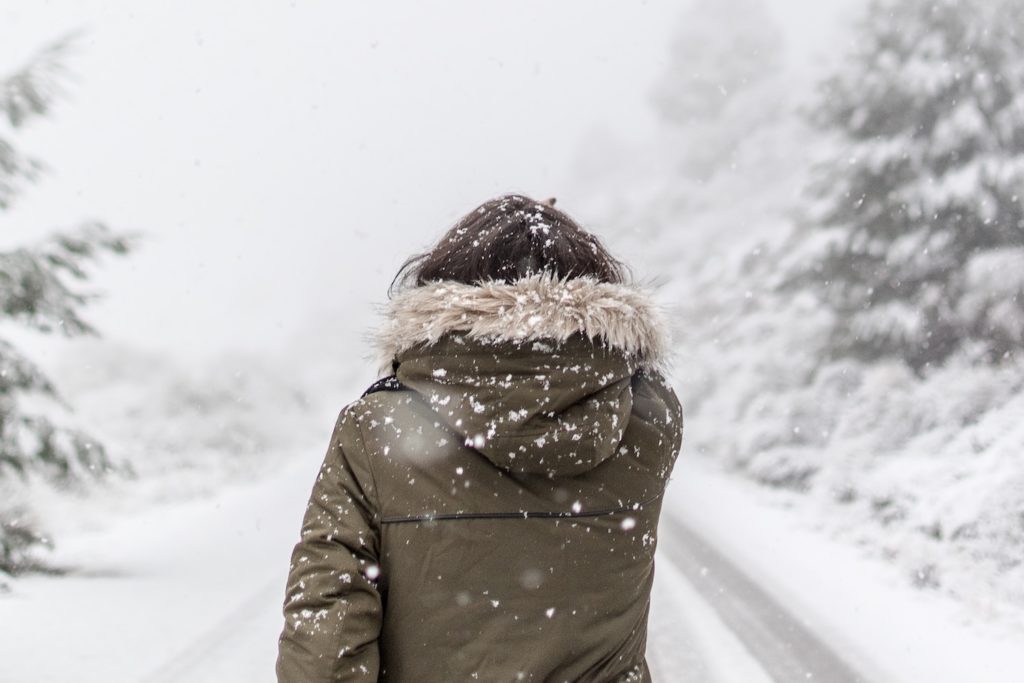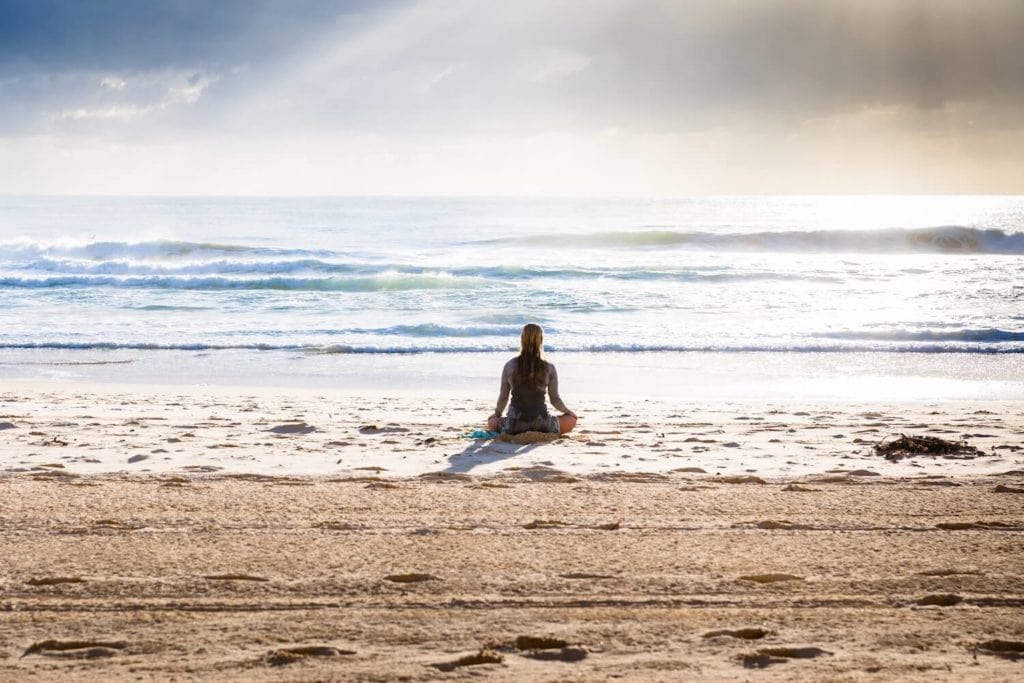Winter blues is more than just a saying: as the nights come earlier and the winter grows colder, seasonal depression is a surprisingly common mental health disorder, especially in those chilly northern regions. While it’s common for people to experience a dip in their mood during this time, for those who suffer from Seasonal Affective Disorder (SAD) this can be symptomatic of a more serious mental health issue. So how do you tell the difference, what are the symptoms, and how is it treated? We chat to psychotherapist Dr Sheila Josephson (PhD) to find out everything you need to know about Seasonal Affective Disorder.

What is Seasonal Affective Disorder (SAD)?
SAD is a kind of seasonal depression, which recurs at particular times of the year. While it isn’t a season-specific thing, it does most often happen in winter. Current research suggests that sunlight is one of the main factors in triggering Seasonal Affective Disorder: shorter days and reduced exposure to sunlight is linked to reduced melatonin and serotonin production, both hormones which impact our mood.
“The causes are unknown, but there are some factors that might come into play: the biological clock gets a little confused or messed up because of the decrease in sunlight, which can cause the body’s internal clock to switch around,” explains Josephson. This seasonal change in sunlight hours can mess with your circadian rhythm, which might reduce the quantity or quality of your sleep, a vital factor in maintaining good mental wellbeing.

How common is Seasonal Affective Disorder (SAD) and who is most affected?
SAD is a lot more common than you think. It’s estimated that around 6% of those living in the USA (around 10 million people) suffer from SAD, with a further 14% estimated to suffer from a milder form of the mood disorder. In the UK, studies have suggested as many as one in three people suffer from the symptoms of seasonal mood disorders.
While SAD can affect anyone, Josephson highlights that women are more likely to experience it. “Four times more women are affected by sad than men,” she says. “It’s sometimes said that women are more affected by hormonal imbalance more.”
See also: Everything You Need To Know About Burnout
A family history of depression could also be a factor: “If you have SAD, it doesn’t necessarily mean that a family member has or had SAD, but it could mean that someone in your family has been depressed.”
SAD is also more common among those living in more northern regions, like Scandinavia. In the USA, a study showed that it was nine times more common in Alaska than Florida.

What are the symptoms of Seasonal Affective Disorder (SAD)?
Many people dislike winter, the cold, or a lack of sunlight, but Josephson highlights that there’s a big difference between having a bad day and suffering from SAD: “The symptoms for SAD are a lot more profound than just, ‘I’m really depressed today, I don’t wanna go to work.’ With SAD, you feel depressed most of the day, every day; you lose interest in activities that you enjoy doing; you have problems sleeping, either too much or not enough; you have changes in your diet, eating too much or not enough.” Because oversleeping, overeating and feeling unusually fatigued are all common symptoms of SAD, weight gain is often another symptom.
See also: Eve Persak On Why The Mind-Gut Relationship Is More Complex Than You Think
If left untreated, symptoms can become severe, just like Major Depressive Disorder (MDD): “People have difficulty concentrating, they feel hopeless and worthless, and unfortunately, they have thoughts of suicide and death.” Josephson recommends seeking help earlier rather than later—within two weeks of experiencing these symptoms consistently or most of the time—and advises people to look out for a pattern.
“With SAD, it always comes around in the fall and lasts through the winter—then it dissipates—but then it comes around again. Unless you get help with it, then it will be a recurrent problem. If you look back and you see some kind of pattern of behaviour you’re exhibiting, you really should go seek help.”

What are the treatments for Seasonal Affective Disorder (SAD)?
There are many simple lifestyle changes people suffering from SAD can make to improve their condition, particularly if it’s a mild case and caught early. “I tell a lot of my clients to get exercise, no matter what their problem is, get out and do something,” says Josephson. “People can also try the mind-body connection, relaxation techniques, meditation, music therapy, and stress management.”
See also: How Fitness Can Improve Your Mental Health
For those who see a therapist, light therapy and talk therapy are two common treatments used, and for more severe cases, antidepressants may be issued. Josephson notes that Selective Serotonin Reuptake Inhibitor (SSRIs), an antidepressant which increases the body’s level of serotonin, are commonly prescribed in SAD cases.
The warm winter break might be an age-old adage, but Josephson says it has merit: “What a lot of people recommend is to take a vacation in winter and go to a sunny climate.” There’s plenty of evidence supporting the mental health benefits of spending time around water, often referred to as ‘blue therapy’, as well as time outdoors in nature and in the sunshine. A wellness retreat in the tropics can offer a balance of mindfulness, meditation, exercise and some much needed R&R—so if winter is getting you down, it’s worth considering a jaunt abroad.
Find out more about Dr Sheila Josephson here.
If you are suffering from seasonal affective disorder, depression or need immediate help with your mental health, find contacts and resources on samaritans.org or find international resources on checkpointorg.com/global.



